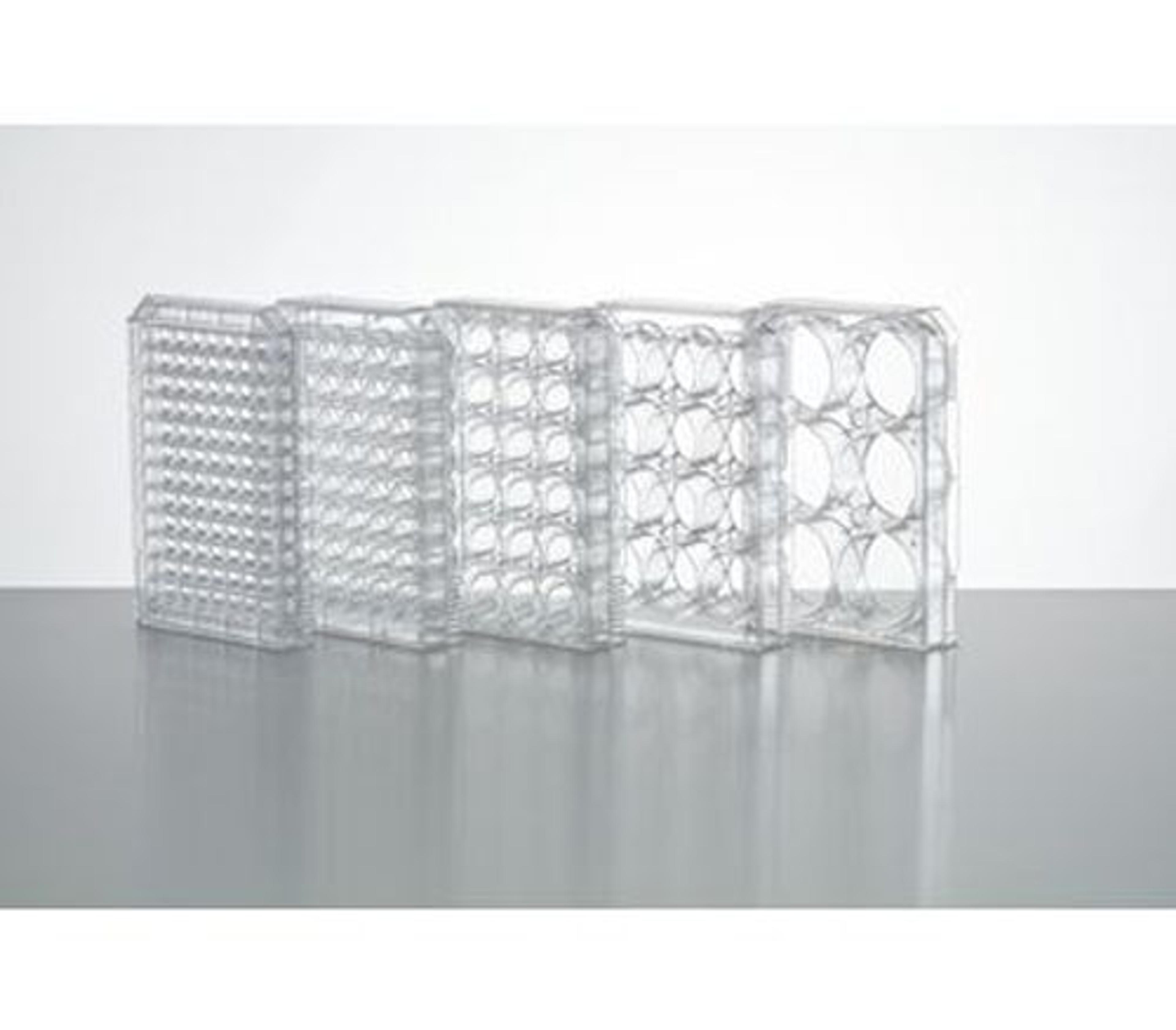Starlab’s CytoOne® Tissue Culture Plates Minimize ‘Edge Effect’
12 Aug 2018
The ‘edge effect’ can often invalidate results, especially when using techniques involving Fluorescence Spectroscopy or High Content Screening whereby molecular stains such as Propidium Iodide (PI) are used. Results can often be invalidated if multiple signals are located in the same area. Having a lot of cell lines is very valuable, as the reagents and manpower used to grow and experiment on them is of considerable value. With sample sizes being such a key aspect of any experiment, it is important to utilize every cell you successfully grow to analyze!
Why is edge effect a problem?
When attaining a fluorescent colorimetric signal using PI staining for cell cycle analysis, if two haploid cells are in extremely close proximity, it would provide the same result as cells with diploid or polyploidy nuclear content, thus producing unreliable results. This would incur an inability to reliably tell at which phase in the cell cycle the cells are. You could only use results from the fewer, isolated cells in the middle of the wells which are clearly valid. Cellular sheet bending (i.e., the ‘edge effect’) can also cause difficulty in cytometric procedures, including imaging cytometry or confocal microscopy; and can even slow down the proliferation rate of your cells too due to increased signal transduction amongst the grouped cells!
Chimney wells!
Starlab’s CytoOne® plates have chimney wells with a complete 360° open channel around each well. Filling the channels with medium during incubation helps reduce the clumping of cells towards the edges, thus resulting in a more uniform cell layer. It does this by providing a more uniform temperature transfer across all wells. DMEM is recommended for this as it has a lower surface tension than water, so it will spread around the wells more easily. Surfactants or detergents in water are not recommended for this, as they will harm your cells if they accidentally get into a well.
Tested!
Tests were carried out on six other brands of 96-well tissue culture plates. Each plate was seeded (NIH3T3 cells stained with Crystal-Violet after 24 hours at 37°C, 5% CO2. Initial seeding 0.01 x 106 cells per well) and incubated under the same conditions as two CytoOne® 96-well plates, except one CytoOne® plate had the channels between the wells filled with DMEM medium. All the competitor plates and the CytoOne® plate without medium displayed some degree of edge effect, which could affect the integrity of your data. The CytoOne® plate with the medium, showed a marked reduction in edge effect.
No contaminants!
As a Cell Culture customer, product quality and purity is paramount, especially the sterility and the assurance of product being free of mycoplasma contamination. CytoOne® plates are manufactured from crystal clear premium grade, non-toxic virgin polystyrene and supplied sterile and individually-wrapped. All CytoOne® products are also certified RNase, DNase, DNA and Pyrogen free. Additionally, the complete 360° chimney wells provide a protective perimeter, and so helps prevent cross-contamination.
Your cells deserve the best! For more information on all CytoOne® products (plates, flasks, dishes, scrapers) visit the Starlab website.
Or take a virtual tour in Starlab’s iQ-lab to find out more about our new TipOne® Pipette tips and our other product innovations which make Starlab unique!
Get the latest news, watch interesting videos and play games at: www.iQ-starlab.com.

